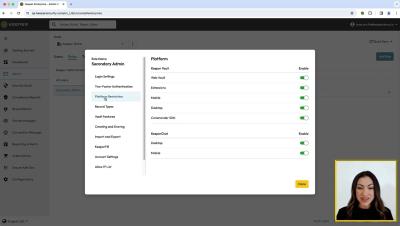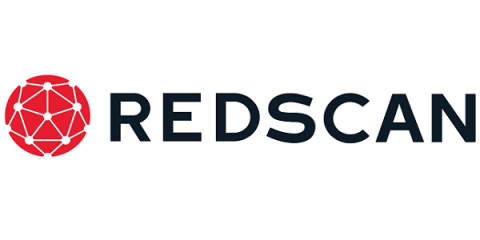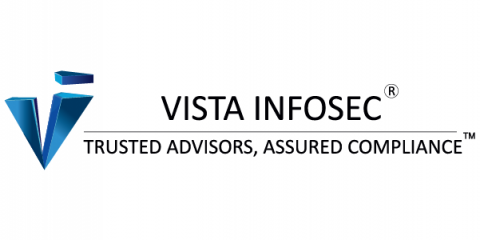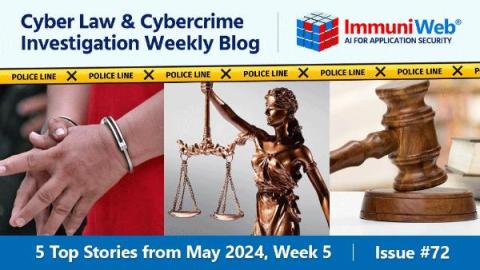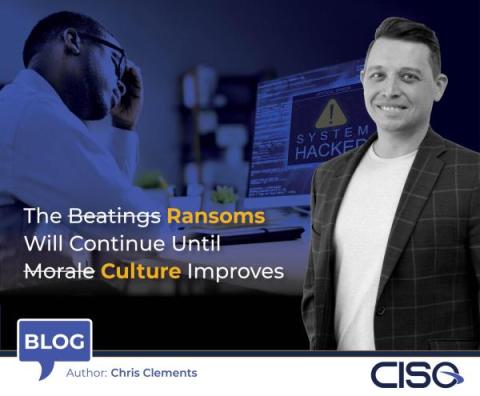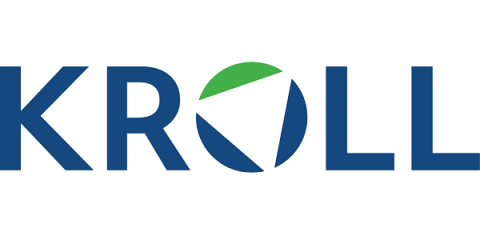Breaking Barriers: Demystifying Zero Trust with Chase Cunningham & Keeper Security
Zero trust is a powerful cybersecurity approach, but its implementation remains a challenge for many organizations. In this webinar, renowned expert Chase Cunningham demystifies the concept of zero trust and provides practical strategies to overcome the barriers to its adoption. Cunningham explores the core principles of zero trust, dispelling common misconceptions and highlighting its benefits in protecting against modern cyber threats. Drawing from real-world experiences, he'll guide you through the process of implementing robust zero-trust architectures tailored to your organization's needs.



